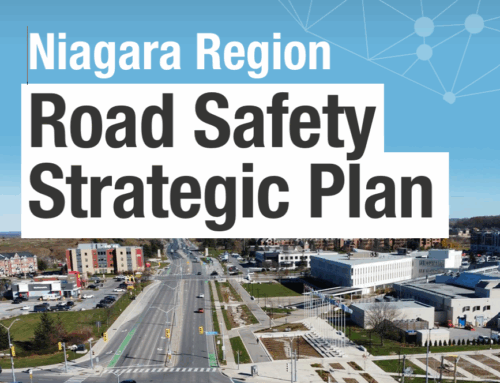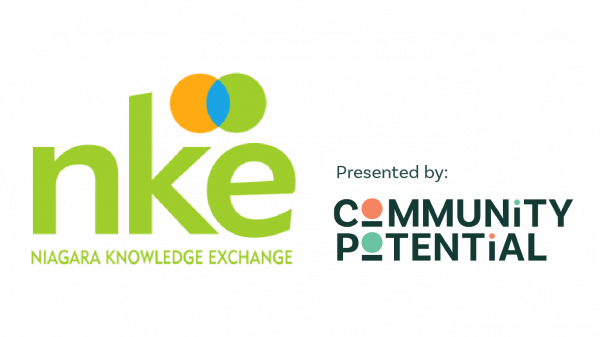“My dear, here we must run as fast as we can, just to stay in place. And if you wish to go anywhere you must run twice as fast as that.”
“Curiouser and curiouser!” —Alice in Wonderland
Curiosity killed the cat? Not really. The original old English phrase has been badly translated over the years. The actually phrase was worry killed the cat. Curiosity is a positive trait, meaning a strong desire to learn, and for your board of directors, curiosity is essential to survival of your agency.
A curious board of directors is always asking why. For example, a few years back my board was frustrated with the amount of time that individuals waited for counselling sessions. The following is a simplified version, for demonstration purposes, of the dialogue between my board and I.
Board: Why do clients wait so long for service?
Executive Director: Because we can’t take anymore clients in our counselling program.
Board: Why can’t you take anymore clients?
Executive Director: Because the number of counselling sessions that they need takes time.
Board: Why do we need this many counselling sessions?
Executive Director: Because we have always provided counselling this way.
This kind of inquiry is key to understanding the “raison d’etre” of your organization. Simon Sinek, in Start with Why: How Great Leaders Inspire Everyone to Take Action, warns that perseverating on the “what” can make you irrelevant or obsolete; it’s the “why” that speaks to your purpose as an organization. At CMHA Niagara our “raison d’etre” is eliminating the pain and suffering of mental illness in a timely manner. Waiting over 3 months for counselling increases the level of pain and suffering. Inquiring about the “why” of our counselling led us to a more efficient and evidence- based counselling service.
“My dear, here we must run as fast as we can, just to stay in place. And if you wish to go anywhere you must run twice as fast as that.”
Alice in Wonderland
Running faster, and smarter, requires a different kind of Board. For an excellent source in how to get your Board into the proper frame of reference, I recommend In Governance as Leadership : Reframing the Work of Nonprofit Board. The authors of this book ask boards to govern by both literally and figuratively wandering around. They stress the need for the executive director to: “provide unfiltered access to various organizational stimuli that provoke generative thinking” (P111) ….so that they can “probe, test and debate generative propositions “ (p124).
Here are 5 tips for producing generative thinking:
- Set decision criteria for changing your strategic plan, constantly evaluating your service, clients, core competencies, and the social, political, technical trends that will impact your agency.
- Assure yourself that your CEO is providing you with regular updates on the status of system changes as they arise. Evaluate where you fit in the landscape of system changes and services. In Niagara, mental health and addictions services are lucky enough to have the Mental Health and Addictions Charter as a reference. Refer to the Charter and use it in positioning your organization.
- Focus more on environment changes and policy directions. One way to do this is to have a prepared strategic question at every board meeting.
- Go deep with personal stories. Make sure you hear from your clients or their families and relate this to your strategic plan. Our board starts every session with a client sharing their story.
- As above, make sure your Board hears directly from staff, their frustrations and their successes. Connect with your staff by wandering around. Don’t interfere with operations but do probe and test.
All of this extra running means you have to be more efficient at your actual board meetings. Here are 5 tips to help your board to be efficient:
- Get the big picture. Once you have assured yourself that your executive director has consistent, reliable and proven information, use composite reports for board reviews. Approved score cards and continuous quality improvement reports are two examples of good composite reports.
- Reduce the “administrivia” at your board meetings. There are other ways of informing your board. For example, don’t waste valuable board time having your executive director verbally present their reports or paraphrase their written reports. Instead, have the reports available for board members well in advance of the meeting and assure yourself that they have been read.
- Don’t micro review every report. Your entire board doesn’t have the time or necessarily the expertise to consider all of the fine details in complicated reports. Allocate detailed review of reports to your relevant committees such as Quality or Finance. Have your committees then bring forward strategic discussions and issues for the board.
- Time your agenda. Annual calendars and strict adherence to agenda timing help to make your meetings efficient. Utilize a time keeper to help keep the agenda items within the schedule. Attention works on a bell curve so during a 2-3 hour meeting, plan the easy non thinking agenda items at the beginning and end of your meeting. The strategic and conceptual agenda items are best received at the 1/3 point of your meeting.
- Use a consent agenda. At CMHA Niagara we can have anywhere from 10 to over 30 reports for board approval. A consent agenda is essential, saving time for those continuous strategic discussions.
The demands on your Board for continuous strategic thinking are rising exponentially. Consequently we need to heed the Red Queen’s advice to Alice in Through the Looking Glass : “And if you wish to go anywhere you must run twice as fast as that.”
George Kurzawa
Executive Director
Canadian Mental Health Association, Niagara Branch
gkurzawa@cmhaniagara.ca
Previous Blogs in this Series:
- Through the Looking Glass: What is Strategic Planning? (Part 1)
- The Strategic Plan: Who Are We? (Part 2)
- Strategic Thinking: Where Would We Like to Be (Part 3)
For additional information and support please visit the Niagara Community Foundation’s Centre of Excellence in Non Profit Governance






